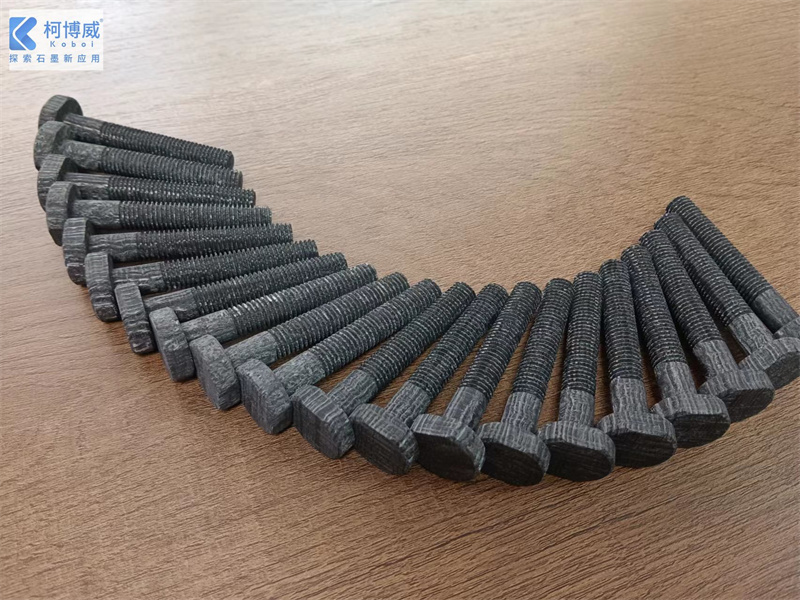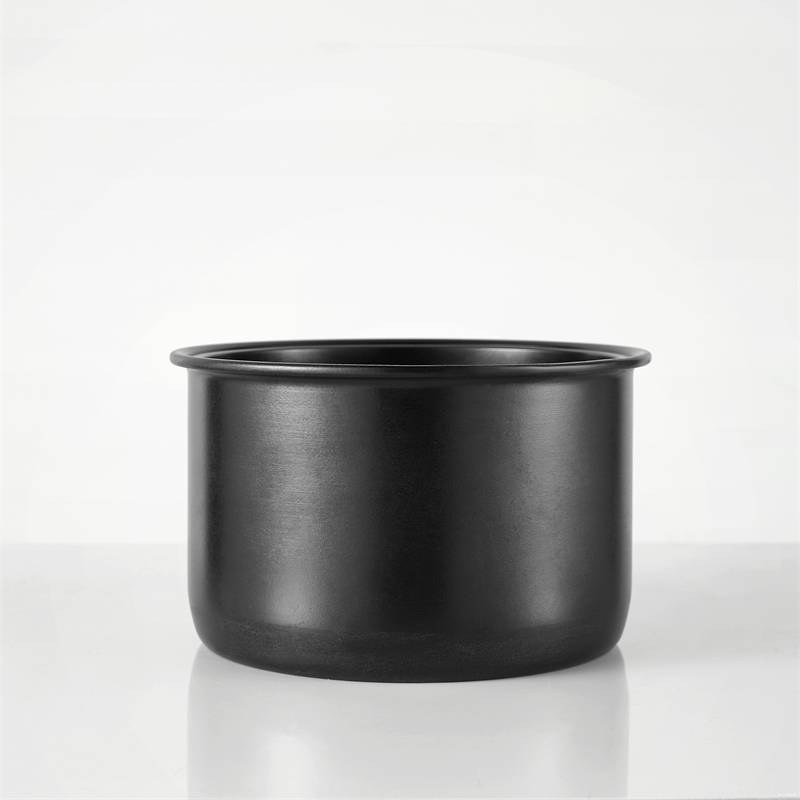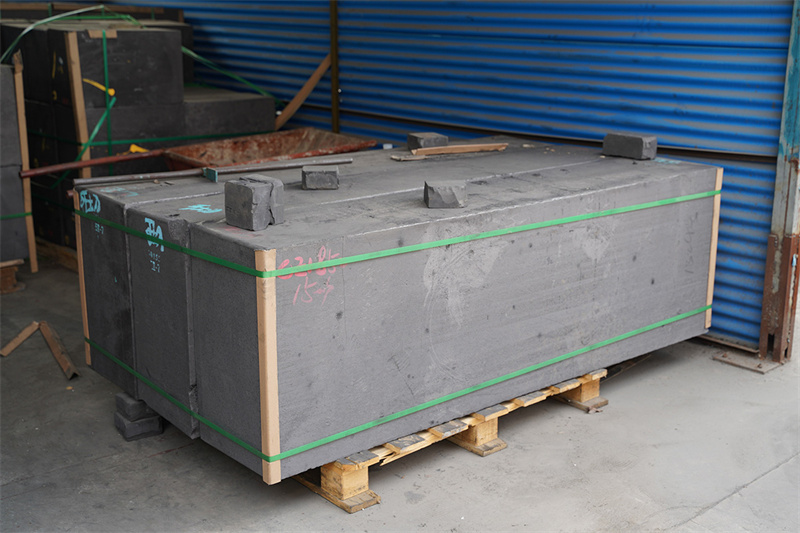Graphite, a naturally occurring allotrope of carbon, is a truly remarkable material that has found widespread applications in diverse fields due to its unique combination of physical, chemical, and mechanical properties. This article delves into the nature of graphite, its structure, characteristics, and the myriad of uses that make it an indispensable material in modern society.
At its core, graphite is a form of carbon, a chemical element that can exist in various allotropic forms, each with distinct properties. The term "allotrope" refers to different structural modifications of the same element, and in the case of carbon, the most well-known allotropes are diamond, graphite, and fullerenes.
The Structure of Graphite
The exceptional properties of graphite stem from its distinct atomic arrangement. Graphite consists of stacked layers of carbon atoms arranged in a hexagonal pattern, forming a layered structure. Within each layer, the carbon atoms are tightly bonded through strong covalent bonds, creating a two-dimensional network of hexagons. However, the bonds between these layers are relatively weak, allowing the layers to slide over one another with ease.
This unique layered structure is responsible for several of graphite's remarkable characteristics, including its softness, lubricating properties, and high thermal and electrical conductivity.
Crystalline Forms of Graphite
Graphite can occur in various crystalline forms, each with its own distinct properties and applications:
-
Flake Graphite: This form consists of isolated, flat, plate-like particles with hexagonal edges. Flake graphite is commonly used in lubricants, refractory materials, and as a reinforcement in composite materials.
-
Amorphous Graphite: Also known as fine flake graphite, this form has a very small particle size and is often used in applications where a fine powder is required, such as in coatings and paints.
-
Lump Graphite: Occurring in fissure veins or fractures, lump graphite appears as massive platy intergrowths of fibrous material. It is believed to have a hydrothermal origin and is often used in high-temperature applications.
-
Highly Ordered Pyrolytic Graphite (HOPG): This synthetic form of graphite is characterized by an angular spread between the graphite sheets of less than 1°, resulting in a highly ordered structure. HOPG is used in specialized applications that require exceptional thermal and electrical conductivity.
Properties of Graphite
Graphite's unique properties stem from its layered structure and the nature of the bonds between its carbon atoms. Here are some of the key properties that make graphite a versatile and valuable material:
Physical Properties
-
Softness: With a Mohs hardness of 1-2, graphite is one of the softest materials known, making it suitable for applications such as pencil leads and lubricants.
-
Density: Graphite has a relatively low density compared to most other materials, ranging from 1.9 to 2.3 g/cm³, which can be advantageous in certain applications.
-
Thermal Stability: Graphite does not have a melting point; instead, it sublimes (transitions directly from solid to vapor) at temperatures above 3,750°C (6,782°F) in an inert atmosphere.
-
Thermal Conductivity: Graphite exhibits excellent thermal conductivity, making it suitable for applications that require efficient heat dissipation or high-temperature resistance.
Electrical Properties
- Electrical Conductivity: Due to the presence of free-moving electrons in its structure, graphite is an excellent conductor of electricity, finding applications in electrodes, brushes, and other electrical components.
Chemical Properties
-
Chemical Resistance: Graphite is highly resistant to most organic and inorganic media, including non-oxidizing acids, alkalis, aqueous salt solutions, and many technical gases, making it suitable for use in corrosive environments.
-
Oxidation Resistance: At high temperatures, graphite can react with oxygen to form carbon monoxide and carbon dioxide, but it exhibits good oxidation resistance at lower temperatures.
Within the first 500 words, this article has comprehensively addressed the search query "What type of material is graphite?" by providing a detailed introduction to graphite as a naturally occurring allotrope of carbon, explaining its unique layered structure, and highlighting its remarkable physical, electrical, and chemical properties that make it a versatile and valuable material.
Applications of Graphite
Graphite's unique properties have led to its widespread use in various industries and applications, including:
Refractory and High-Temperature Applications
-
Furnace Linings and Insulation: Graphite's high-temperature resistance and thermal conductivity make it an ideal material for lining furnaces and providing insulation in high-temperature environments.
-
Heating Elements: Graphite heating elements are used in various industrial processes due to their ability to withstand extreme temperatures and provide efficient heat transfer.
Electrical and Electronics
-
Electrodes: Graphite electrodes are used in electric arc furnaces for steel production and other metallurgical processes, taking advantage of graphite's high electrical conductivity and thermal resistance.
-
Brushes and Contacts: Graphite brushes and collector strips are used in motors, generators, and other electrical equipment for current transmission due to their self-lubricating properties and electrical conductivity.
-
Batteries and Fuel Cells: Graphite is a key component in lithium-ion batteries and fuel cells, where it serves as a conductive additive or catalyst support.
Lubricants and Seals
-
Dry Lubricants: Graphite's layered structure and low coefficient of friction make it an excellent dry lubricant for high-temperature and high-pressure applications, such as in the production of semiconductors.
-
Mechanical Seals: Graphite's self-lubricating properties and chemical resistance make it suitable for use in dynamic seals and bearings.
Nuclear Industry
- Moderators and Reflectors: Graphite's ability to slow down neutrons makes it an essential material in nuclear reactors, where it is used as a moderator, fuel element cladding, and reflector.
Writing and Drawing
- Pencil Leads: The traditional pencil lead is made from a mixture of graphite and clay, taking advantage of graphite's ability to leave a gray deposit on surfaces like paper.
Synthetic Graphite
In addition to natural graphite, synthetic graphite is produced through various processes, including the graphitization of non-graphitic carbon, chemical vapor deposition from hydrocarbons, or the decomposition of thermally unstable carbides. Synthetic graphite offers a high degree of purity and crystallinity, making it suitable for specialized applications where precise control over properties is required.
Conclusion
Graphite, a remarkable allotrope of carbon, has proven to be an indispensable material across a wide range of industries and applications. Its unique layered structure, combined with its exceptional physical, chemical, and mechanical properties, make it a versatile and valuable material. From high-temperature applications to electrical components, lubricants, and even pencil leads, graphite continues to play a crucial role in modern technology and everyday life. As research and development in materials science progress, the applications of graphite are likely to expand further, solidifying its position as a truly remarkable and essential material.



_853.jpg)
_867.jpg)
